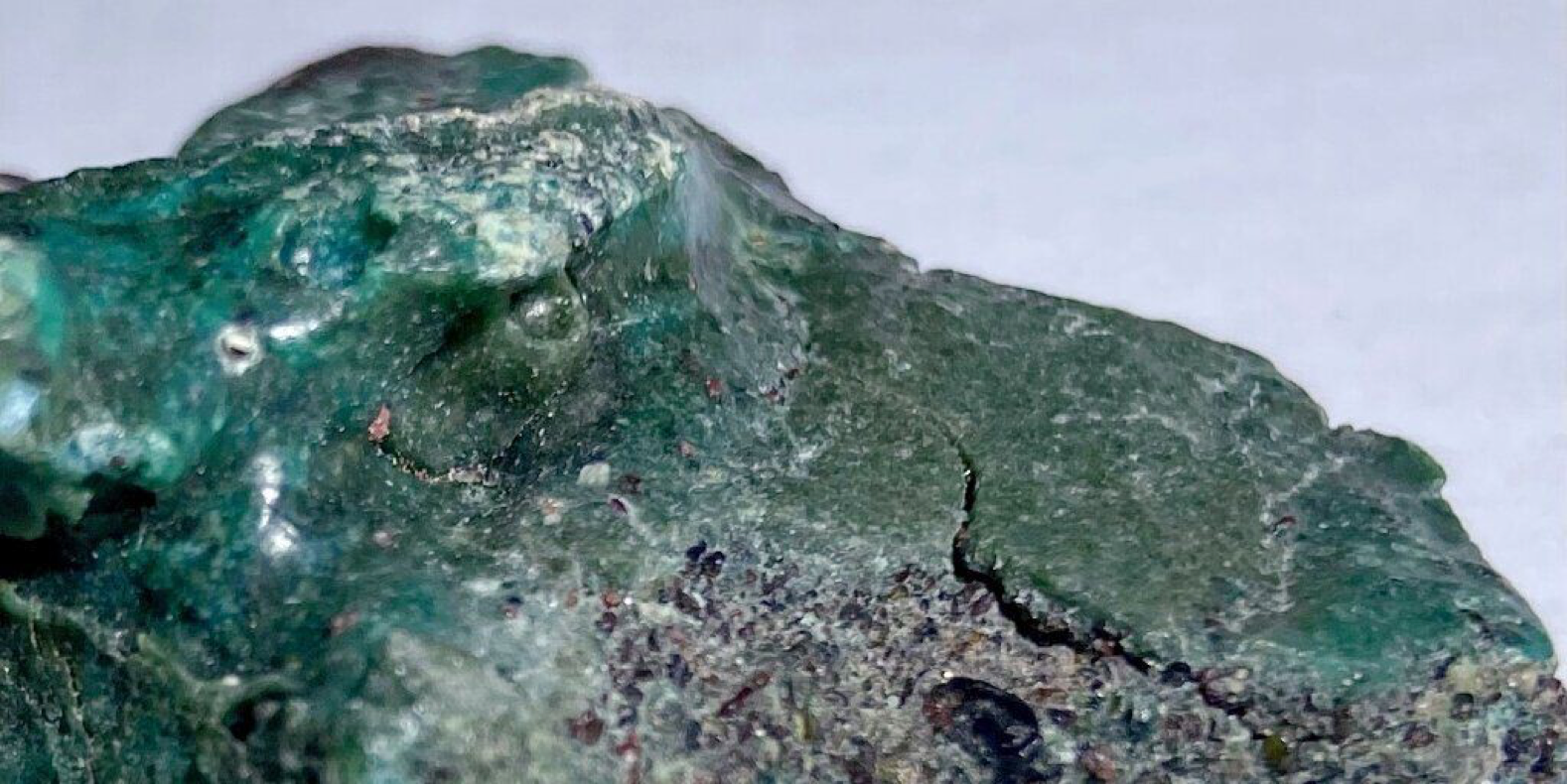That probably shouldn’t have happened.
Plastistones, a new type of sedimentary rock that’s part-plastic and part-rock, has been found on at least five continents and 11 countries.
These rocks form when molten plastic cools within a mineral’s matrix, forming the plastic-rock fusion.
These new kinds of rocks could be devastating for ocean ecology, as certain marine species can confuse the plastics for algae.
By now, many of us have seen the disturbing photos of the Great Pacific Garbage Patch, where the vortex forces of the world’s biggest ocean has created two massive patches of plastic waste and other maritime trash that litters our watery globe. But plastics aren’t happy just remaining in the form of a discarded shopping bag or McDonald’s straw—plastics tend to get everywhere. In fact, plastics are so ubiquitous, they reside in your body right now.
MORE FROM POPULAR MECHANICS ON APPLE NEWS
The Truth About Why Bill Gates Keeps Buying Up So Much Farmland
Plastics are now also infecting the Earth’s geology—so much that experts are now calling to formally recognize a new kind of sedimentary rock: plastistone. Deyi Hou, an associate professor at Tsinghua University in China, and his colleague Liuwei Wang recently wrote a paper about the emergence of this new plastic-rock fusion.
“Sedimentary rocks are the dominant rock type found on the Earth’s surface, and they are highly susceptible to influence by human activities,” the paper reads. “We contend that these novel plastic forms meet the criteria of a sedimentary rock…we propose the adoption of an existing term ‘plastistone’ with a revised definition to collectively describe these novel plastic forms.”
This past March, geologist Fernanda Avelar Santos reported evidence of a “disturbing” find on a remote island of Trindade, which is about a four-day boat trip from Brazil. It was in this seemingly untouched paradise that geologists discovered stones effectively fused with plastic trash that formed a new type of rock.
And this wasn’t the first example.
Ten years prior, geologists first spotted these hybrid rock specimens on the coast of Hawaii. And since then, these stones have been found across five continents and 11 countries, according to Hou and Wang. Although some experts call these stones plastiglomerate, plastitar, plasticrust, or anthropoquinas, this paper puts forward the term “plastistone”—first coined in 2022—to keep nomenclature aligned with other sedimentary rock, such as limestone, dolostone, sandstone, and mudstone.
But whatever you call it, it’s now undeniable that humans have left their mark on Earth’s geologic record—quite literally. Hou and Wang note that these rocks usually form from land-based plastics (mainly bottles and containers) which are usually burned, either at something like a campfire or as part of the waste production process. This melted plastic debris is then “held within the mineral matrix when it cools down” in a process known as diagenesis.
These plastic-rock hybrids could wreak havoc on the ocean’s ecology. One example noted in the paper describes how the gastropod Tectarius striatus—which lives on Madeira Island in the Atlantic—could have problems telling the difference between plastics and algae, its usual food source.
And Santos, who originally discovered the plastistones on Trinidade Island, understands the confusion, saying at the time that “human interventions are now so pervasive that one has to question what is truly natural.”
The world is definitely changing—for humans, gastropods, and stones alike.




